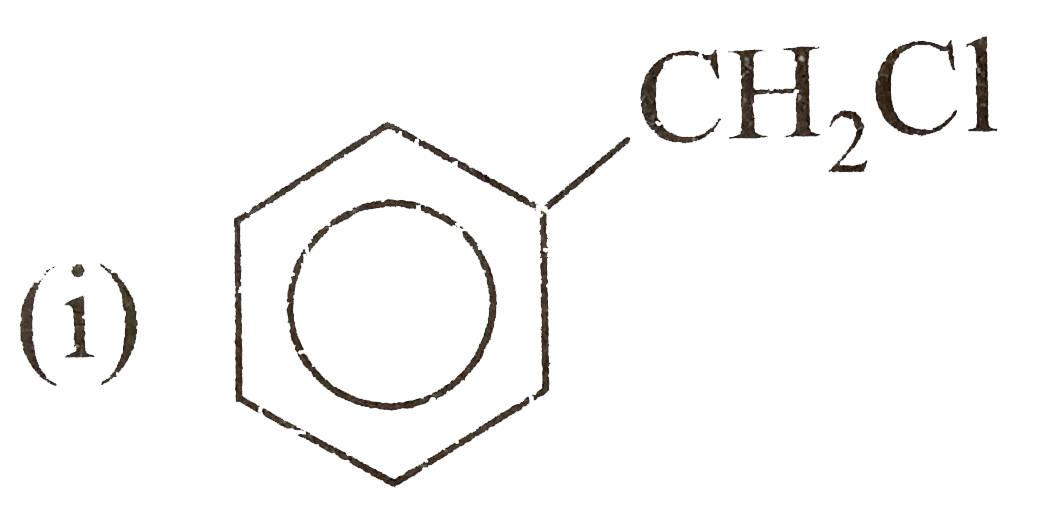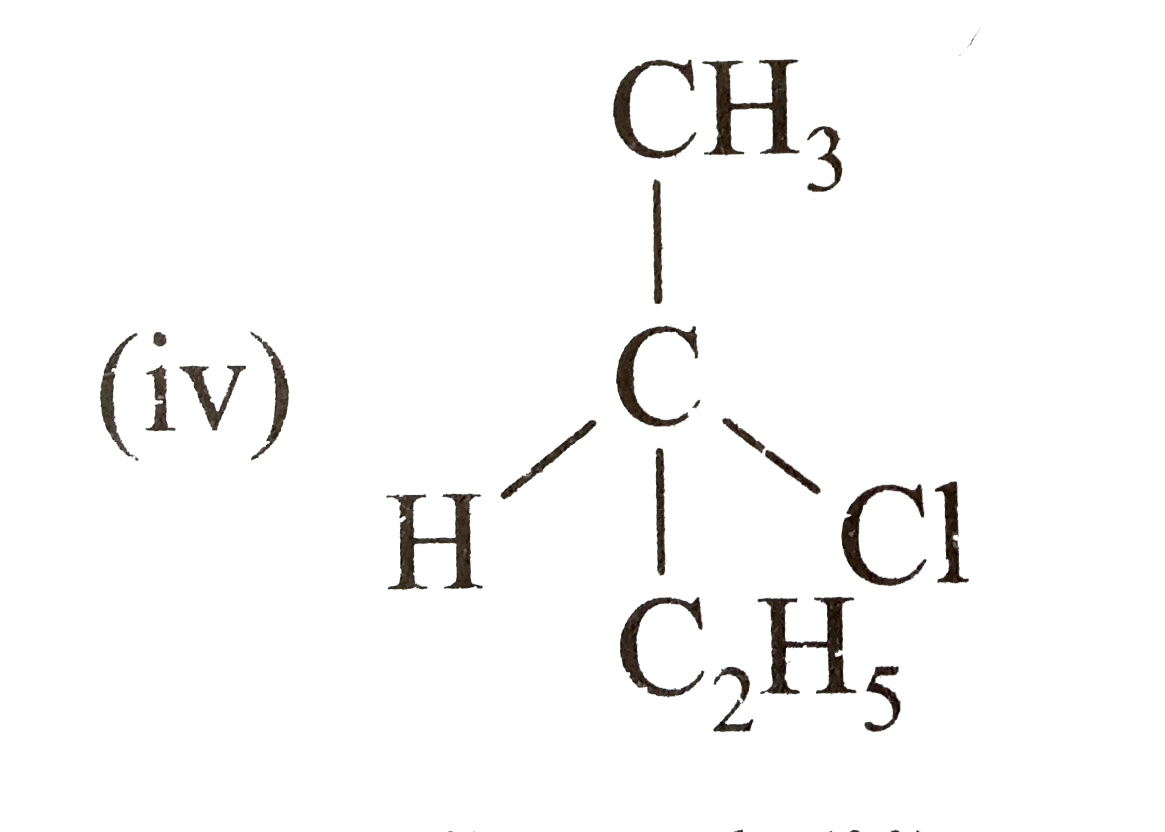Arrange the following compounds in increasing order of their density. (A)CCI4 (B)CHCI3 (C)CH2CI2 (D)CH3CI,
D<C<B<A
C>B>A>D
A<B<C<D
C>A>B>D
D<C<B<A
Topper's Solved these Questions
- SAMPLE PAPER -19 (UNSOLVED)BOOK - FULL MARKSCHAPTER - SAMPLE PAPER -19 (UNSOLVED)EXERCISE - PART-II
9 Videos
- SAMPLE PAPER -18 (UNSOLVED)BOOK - FULL MARKSCHAPTER - SAMPLE PAPER -18 (UNSOLVED)EXERCISE - PART-II
9 Videos
- SAMPLE PAPER -20 ( MOCK TEST PAPER )BOOK - FULL MARKSCHAPTER - SAMPLE PAPER -20 ( MOCK TEST PAPER )EXERCISE - PART-II
9 Videos
Similar Questions
Arrange the following in increasing order of a dipole moment.
(a) HF,HCI,HBr,HI
(b) CH3CI,CH3Br,CH3I,CH3F
(c) CHF3,CHI3,CHBr3,CHCI3
(d) CH4,CH3CI,CH2CI2,CHCI3
(e) NH3,SbH3,AsH3,PH3
(f) SO3,SiO2,P2O5,CI2O7
(g) o-chlorotoluene, m-chlorotoluene, p-chlorotoluene
(h) o-nitrophenol, m-nitrophenol, p-nitrophenol
(i) o-dichlorobenzen, m-dichlorobenzene, p-dichlorobenzene
View SolutionArrange the following compounds in order of increasing basicity.
CH3CH=CH−,CH3CH2CH−2,CH3C≡C−
View Solution
Knowledge Check
You are given two compound

First, you name both of them the same yet, are they really same structure, or they some how different ?Carefully inspection should convince you that they are indeed different. Now, how their physical and chemical properties differ? Generally
(i) cis-isomer has more diplomoment than trans-isomer
(ii) cis-is less stable than trans
(iii) boiling points of cis isomers are than those of trans isomers (remember boiling points are directly related to polarity which is determined by dipolemoment) chemical reactivities of cis and trans also differ from each other.
Arrange the following compounds in the increasing order of the boiling poiints
CH3−CAH=CH−CH3(cis),CH3−CBH=CH−CH3(trans)
CH3−CCHCl=CH(cis),CH3−CDH=CHCl(trans)AB<A<C<DBD<B<A<CCB<A<D<CDC<A<B<DWhich of the following increasing order of pH of 0.1 M solution of the compound
(A) HCOONH4
(B) CH3COONH4
( C ) CH3COONa
(D) NH4CI is correct ?AA<D<B<CBD<A<C<BCA<D<C<BDD<A<B<CWhich of the following compounds will undergo recemisation when solution of KOH hydrolysis ?
(i)C6H5CH2CI (ii)CH3CH2CH2CI
(iii)CH3−C∣CH3H−CH2CI (iv)C2H5−C∣CH5H−CIA(i) and (ii)B(ii) and (iv)C(iii) and (iv)D(i) and (iv)
Arrange the following in order of their
Increasing reactivity in nucleophilic subsitution reactions : CH3F,CH3I,CH3Br,CH3Cl
View SolutionList the following carbocations in the order of decreasing stability :
CH3C∣CIHCH2CH+2,CH3C∣CH3HCH2CH+2,CH3CH2C∣CIHCH+2
View SolutionClassify the following into polar and non-polar molecules:
(i) CO2, (ii) CHCI3, (iii) CCI4, (iv) CH3OCH3,
(v) C2H5OH, (vi) C2H6, (vii) CH2CI2, (viii) NH3, (ix) H2O, (x) CH3CI.
View SolutionWhich of the following compounds will undergo racemisation when solution of KOH hydroyses?

(ii) CH3CH2CH2CI
(iii) H3C−CH3∣CH−CH2CI

View SolutionIn S(N)2 reaction the correct order of reactivity of the following compounds:
(i) CH3Cl (ii) (CH3)3CCl
(iii) (CH3)2CHCl (iv) CH3CH2−Cl
View Solution
